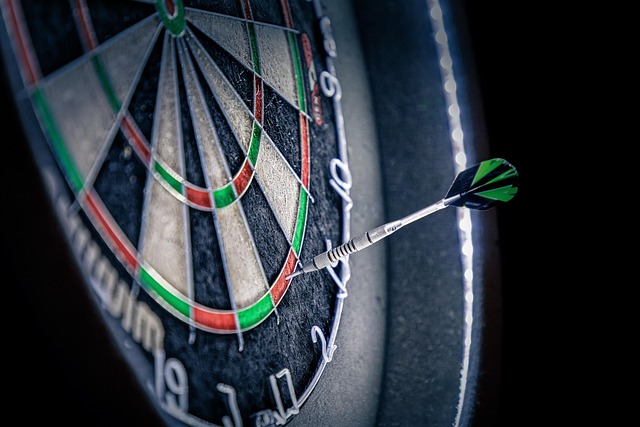Art is a universal language, a form of expression that transcends cultural barriers and speaks directly to the soul. One of the lesser-known techniques that enhance the visual language of drawings is scoring. This artistic practice, often overlooked, is a remarkable way to infuse texture and depth within a piece, creating a captivating fusion of fine arts and culture.
Scoring involves creating lines or indentations on paper or other materials, which can add a three-dimensional quality to drawings. Artists use this technique to manipulate light and shadow, enabling viewers to engage with art on a tactile level. The deep grooves or delicate scratches can revive an otherwise flat representation into an intricate journey of shapes, perspective, and emotion. This technique becomes particularly poignant in the context of fine arts, where artists strive to convey feelings and narratives through brushstrokes and pencil lines.
Cultural influences also play a key role in scoring techniques. Around the world, various artistic traditions have embraced scoring within their practices. For instance, traditional Japanese woodblock printing involves scoring the wood to create intricate designs, showcasing not only skill but also a story steeped in the artist’s cultural heritage. Similarly, contemporary artists may draw from historical influences, adding depth with scores that evoke nostalgia while pushing the boundaries of modern aesthetics.
The emotional charge that comes from the act of scoring in drawing is also significant. Imagine the artist, painstakingly scoring their canvas while immersed in thought. Each line becomes a meditative practice, a way to pour one’s feelings onto the surface. The slow, deliberate movements mirror the rhythms of life, capturing the intricacies of our shared human experience. The audience, in turn, is invited to witness this journey of vulnerability and strength. As they observe the art play out before them, they connect not just with the artist but also with their own interpretations and emotions.
Moreover, scoring isn’t merely a technique; it’s an invitation to experience art through different senses. By introducing texture, artists challenge the viewer to move beyond visual appreciation, urging them to think about the implications of touch and the surface of the paper. A piece with fluid lines juxtaposed with harsh scores can evoke a sense of conflict or harmony, perhaps mirroring the struggles and triumphs prevalent in everyday life.
In today’s art culture, where digital mediums frequently overshadow traditional techniques, the act of scoring stands as a testament to the enduring power of hands-on craftsmanship. It beckons artists to explore the tactile relationship between themselves, their materials, and their audience. This symbiosis creates a cultural heritage that art enthusiasts can cherish and pass on through generations, as they witness the evolution of scoring in drawing.
As we continue to celebrate art in all its forms, the importance of scoring remains vital. It’s a reminder that within every line lies the potential for storytelling and connection. Each score tells a story, representing the artist’s journey while also inviting the viewer to partake in a shared cultural experience—a canvas of emotions, culture, and the fine arts. This unique practice not only enriches the art itself but also the cultural tapestry it weaves, reminding us all of the profound nature of creativity.




